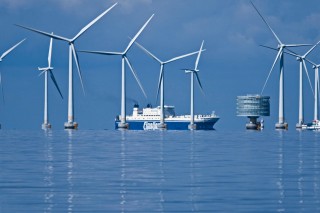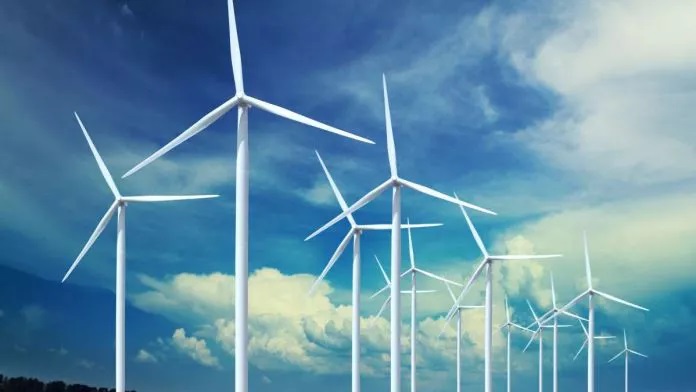Baltic Power, owned by PKN Orlen, is studying the environmental conditions and windiness in the Baltic Sea. The company wants to build a wind farm by the sea.
Approximately 30 km from the coastline, at the height of the Stilo lighthouse, a laser measuring device was installed, the so-called “buoy with a lidar”. The device collects information about the strength of the wind. Orlen wants to determine the potential of the planned investments related to wind energy. A lidar buoy measures not only wind strength, but also air humidity, atmospheric pressure, temperature, electrolytic conductivity and water flow directions, as well as fluctuations. It is powered by fuel cells using ethanol and photovoltaic cells.
Clean energy source
Representatives of the company indicate that they are looking for new green solutions. Offshore wind farms in the Baltic Sea can be a very promising source of clean energy, as part of our strategy for low carbon energy commitment, ”says Jaroslav Dybowski, energy executive director at PKN Orlen.

The Orlen Group is licensed to the Baltic Sea, where it can build a marine wind power plant with a capacity of up to 1,200 MW. Over the next months, the company will measure wind parameters such as speed, direction, strength and turbulence.
The device detects laser beams reflected from air molecules, so that it can measure wind parameters at various levels, up to 300 meters above the sea surface.
“The data obtained will not only be the basis for assessing the investment potential of the project, but will also be recognized by financial institutions as the basis for deciding on its possible financing,” adds Dybowski.
Boom for wind farms
Offshore wind farms were built in Europe for about 10 years, Denmark and the UK were pioneers in this area, but Germany quickly joined them, and it is these three countries that have the largest number of marine farms in Europe. They are built by the sea because coastal winds are stronger and more predictable than land winds. Such farms generate more electricity because they use larger windmills.
The boom for this type of investment is currently in the seas and oceans of the whole world. Wind farms put China and the United States, and at the beginning of the year the Dutch company TenneT announced that by 2027 it intends to build the world’s largest wind power plant in the shallow North Sea, which will supply electricity to consumers in the Netherlands, Great Britain, Belgium, Germany and Denmark.
The Spanish-German manufacturer of wind turbines Siemens Gamesa Renewable Energy (SGRE) has signed a preliminary agreement with the French wind power plant operator Eolien Maritime France (EMF) for the supply of infrastructure for offshore wind farms with a total capacity of about 1000 MW, writes Renewable Energy World. The order concerns two of three projects of this type, which are currently being developed by the French operator. SWT-7.0-154 DD turbines are likely to be assembled by the Spaniards at sea.

SGRE plans to place production of equipment for the implementation of this project at its plant in the port of the French city of Le Havre. Marcus Tache, head of SGRE, said that the contract with EMF confirms the role of the company’s leader in the French market and will allow the further development of manufacturing enterprises in Le Havre.
Wind power is gaining momentum slowly but surely. Offshore WPP is a new development of this sphere.


